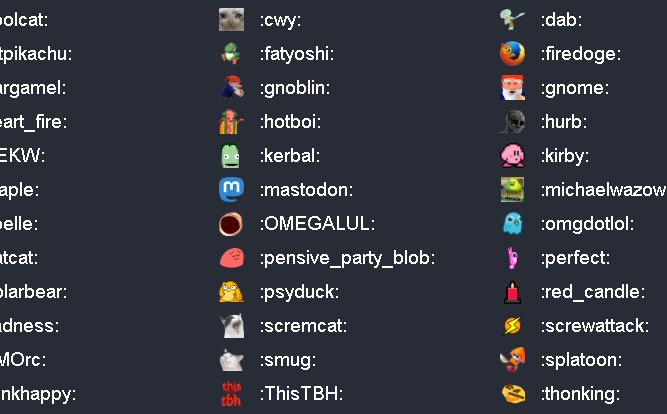TL:DR – I prompted ChatGPT to write me a personal brand pitch.
—
I haven’t mentioned ChatGPT for a while. There has been something of a backlash against the hype and the scaremongering. But, I have still been using it for various small jobs, such as quick website tweaks and summarising documents that are TL:DR (too long, didn’t read). Latest prompt I gave it was to act as my personal brand manager and write me a pitch based on the Sciencebase homepage. This is an edited version of what it came up with:
David Bradley Science Writer
As a multi-award-winning freelance science writer with over three decades of experience, David Bradley has a unique talent for making complex scientific concepts accessible and engaging. He has written for a diverse range of outlets, including countless newspapers, magazines, research, industrial, educational, and academic organizations, and websites, covering a wide range of topics from astronomy to zoology and almost everything in between.
As a wannabe polymath, he is also an accomplished musician with an enormous passion for photography. He combines his science, snaps, and songs to create a website and blog that offers a fresh perspective on the natural world, showcasing his stunning wildlife photography, and sharing the latest cutting-edge research as well as occasionally offering incidental music. With his wife, Mrs Sciencebase, he is a keen allotmenteer, wildlife garden pond manager, and garden rewilding enthusiast.
David’s writing style is approachable and engaging, and he loves to sprinkle a little Geordie wit and charm into his work. He has bylines in New Scientist, Science, Nature, The Guardian, The Daily Telegraph, Popular Science, American Scientist, and many others. In 1995, he set up the first-ever chemistry webzine, which morphed into the Sciencebase site in 1999.
If you’re looking for an experienced freelance science writer with a passion for making complex concepts accessible, look no further than David Bradley. Connect with him on social media, or shoot him an email at [email protected] to start a conversation…



